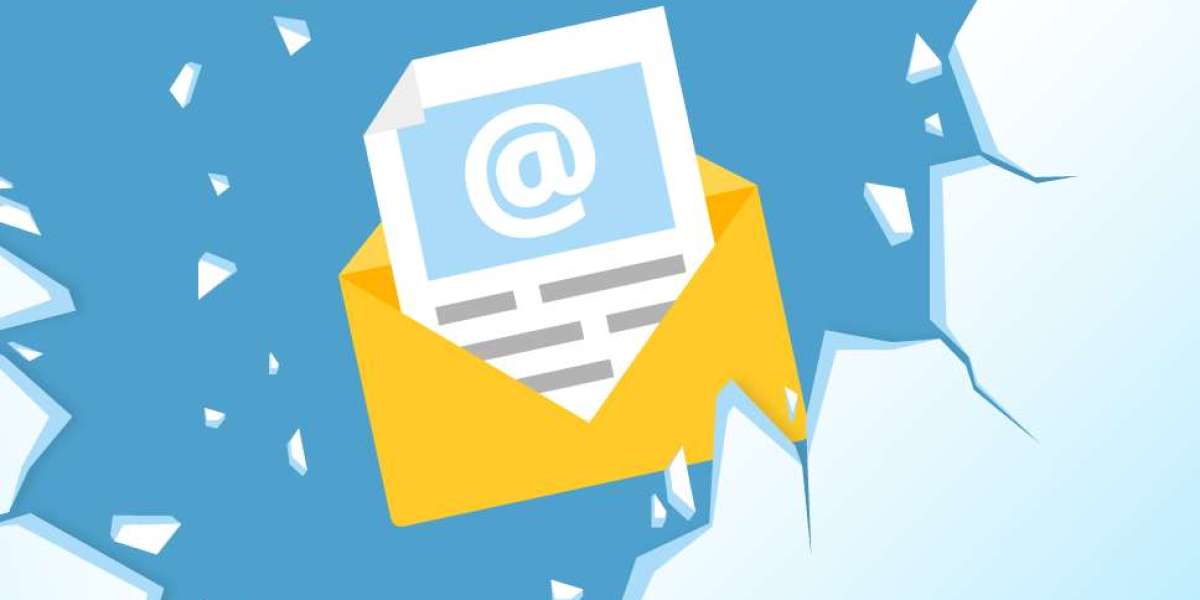Introduction
Cold emailing is one of the most effective ways to reach new prospects, generate leads, and build relationships. But there’s a fine line between a professional cold email and spam. When done carelessly, your emails could land in spam folders or worse—get your domain blacklisted. The good news? By following safe practices and using the right tools, you can increase your chances of landing directly in inboxes.
This guide will walk you through how to send cold emails without getting blocked, from email warm-up to personalization.
Step 1: Understand What Cold Email Really Is
A cold email isn’t spam. It’s a carefully targeted message sent to someone you haven’t met yet, with a clear value proposition. Unlike spam, a good cold email is relevant, personalized, and respectful. Laws such as CAN-SPAM and GDPR allow cold emailing if you include transparency, opt-out options, and genuine value for the recipient.
Step 2: Build a Strong Foundation for Cold Emails
Before hitting “send,” set up a safe technical foundation. Your domain reputation plays a critical role in email deliverability.
- Authenticate your domain with SPF, DKIM, and DMARC records.
- Buy a separate domain for cold outreach to protect your main domain.
- Use a trusted cold email platform like Mailstand, Smartlead, or Saleshandy for safe sending and automation.
Step 3: Warm Up Your Email Account with Boost Inbox
Jumping straight into bulk cold emailing from a new account is a recipe for disaster. Email providers flag sudden sending spikes as suspicious, which can lead to spam filters or blacklisting.
This is where Boost Inbox comes in. It’s an email warm-up tool designed to build your sender reputation gradually and safely. Here’s how it helps:
- Automated warm-up process: Boost Inbox sends small, natural-looking interactions that mimic real conversations.
- Improved inbox placement: By maintaining consistent engagement, your emails start landing in primary inboxes instead of spam.
- Safe scaling: Within 2–4 weeks, your account is ready for higher-volume campaigns without risking deliverability.
Using Boost Inbox before launching cold outreach ensures your emails are trusted by providers and seen by your prospects.
Step 4: Create a Clean and Targeted Lead List
Cold emailing works best when you contact the right people. Don’t blast random addresses—focus on quality. Use tools like NeverBounce to verify email addresses and remove invalid ones. A smaller, highly targeted list outperforms a massive unfiltered one every time.
Step 5: Write Cold Emails That People Want to Read
Your email should feel like a thoughtful note, not a sales pitch.
- Personalize: Mention the recipient’s name, company, or a recent achievement.
- Keep it clear: Avoid spam trigger words like “FREE” or “LIMITED OFFER.”
- Make it human: Write in a friendly, conversational tone.
- Call-to-action: Ask for one small step, like scheduling a quick call.
Always add an unsubscribe link to remain compliant with email laws and to build trust.
Step 6: Send Emails Slowly and Naturally
Don’t send thousands of emails at once. Start with 50–100 emails per day, then gradually scale as your reputation grows. Space out emails throughout the day to mimic human sending patterns. This natural pace helps you avoid spam filters.
Step 7: Follow Up Without Being Pushy
Most prospects won’t reply to the first message. Send 2–3 polite follow-ups spaced a few days apart. Each follow-up should feel like a continuation of the conversation, not a copy-paste reminder. If someone asks to unsubscribe, respect it immediately.
Step 8: Monitor Your Results and Improve
Track your email metrics—open rates, bounce rates, and replies. A bounce rate above 2% can hurt your reputation, so keep your list clean. Test different subject lines and sending times to see what works best.
Best Practices for Cold Email Success
- Use a dedicated IP or domain for outreach.
- Avoid sending large images or too many links.
- Always include a real business name and address.
- Follow a sunset policy: remove unresponsive contacts to maintain list health.
Conclusion
Cold emailing can open doors to new opportunities, but only if done safely and respectfully. By setting up proper email authentication, warming up your account with tools like Boost Inbox, sending targeted messages, and following compliance laws, you can stay out of spam folders and build meaningful connections.
Remember: safe cold emailing isn’t about shortcuts—it’s about consistency, personalization, and trust.



